Why Nippon Paint COOL-TEC? Keep Cool, Save More!
Interior Design & Decor5 minutes read
4795 views
4795 views
(Guest Writer: Angel Chai)
In recent years, according to research, climate change and global warming have become increasingly urgent concerns.
Located on the equator, Singapore has a tropical climate. The Urban Heat Island (UHI) effect, a phenomenon where pavements, buildings, and other surfaces in cities absorb and retain heat, is compounded by the warm tropical climate and the heat generated by air-conditioner compressors.
 Image Credit: Kotinentalist
Image Credit: Kotinentalist
These factors have contributed to Singapore’s mean surface air temperature increasing at more than double the global average rate.
As cited by Singapore Management University climate scientist Winston Chow, temperatures above 35°C in Singapore would result in an uncomfortable experience for humans and even our native flora and fauna.
In addition to causing discomfort to the human body, rising temperatures will also affect buildings, electrical appliances and so on.
Buildings that do not dissipate heat or cool will increase the temperature in the building after absorbing heat. In order to maintain indoor temperature, household appliances will also consume more electricity, such as air conditioning. That's one reason why electricity is getting more expensive these days.

Image Credit: Nippon Paint
Keep Cool and Save More
There are alternatives to air conditioning. Nippon Paint introduces COOL-TEC cool coatings, reducing overall outdoor temperatures, to help you “keep your cool”—and save electricity, save our health, and save our environment.
What is A Quality Build?
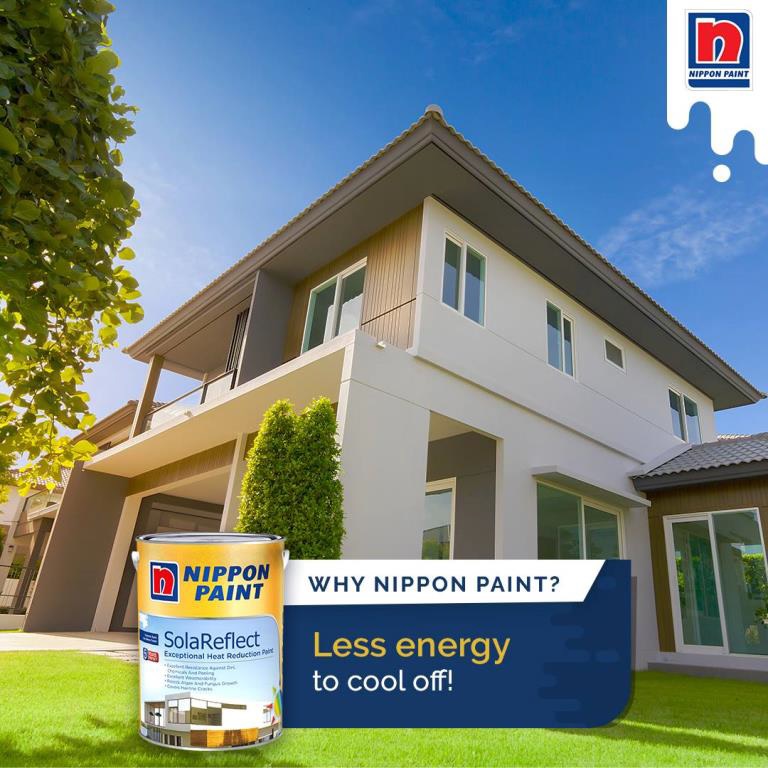 Image Credit: Nippon Paint
Image Credit: Nippon Paint
Associate Professor Wan Man Pun from Nanyang Technological University’s School of Mechanical & Aerospace Engineering thinks that a Quality Build in the context of cool coating is to have high solar reflective properties (total solar reflectance and thermal emittance) to provide good cooling performance.
Besides, the coating film should have good performance in terms of good adhesion to the coated surface and resistance to degradations including deterioration of solar reflective properties, decolouring, cracking, chalking, blistering, dirt pick-up & accumulation, microbial growth, etc.
Chemically, the good quality cool coating should have minimal harmful substances such as heavy metals, volatile or semi-volatile organic compounds, etc.
 Image Credit: Stocksy
Image Credit: Stocksy
Ms Lynn Lee, a product specialist of Nippon Paint, said ever since Nippon Paint increased their focus on sustainability, they are looking at the standard of living in the community. This also encompasses the level of thermal comfort - not just the aesthetic of the building structure or colours. Hence, a quality build is a build that improves urban liveability.
Advantages & Disadvantages of Having and Not Having Cool Properties
(The following sections are a compilation of opinions from Professor Wan and Ms Lynn Lee)
 Image Credit: Daily Sabah
Image Credit: Daily Sabah
Buildings are subjected to strong solar radiation all year round in the tropics which adds cooling demand to the buildings. Higher cooling demand leads to worsening thermal comfort in a built environment or higher cooling energy consumption.
Besides that, building structures heated up by the absorption of solar radiation will release heat to the surrounding environment, contributing to urban heating or the urban heat island (UHI) effect.
Effects of UHI also include reduced night-time cooling and higher air pollution. If left unchecked, it will adversely affect human health as well, in terms of increasing discomfort leading to exhaustion, respiratory problems, heat strokes and even heat-related deaths.
Not forgetting the vicious cycle of increasing the use of air conditioners to cool the interiors, which will then contribute to outdoor heat.
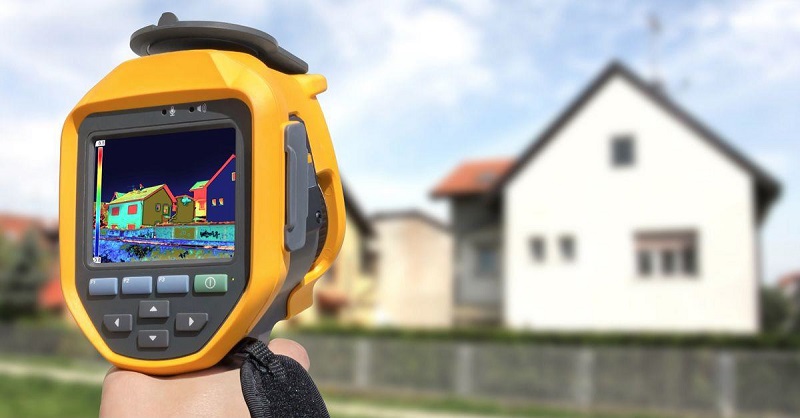 Image Credit: REenergizeCO
Image Credit: REenergizeCO
What are the benefits of having cooling properties in one’s home?
Applying cool coatings will reduce the absorption of solar radiation by building structures, it will also reduce the cooling demand of the buildings and reduce heat release to the surrounding urban environment, helping to mitigate the urban heat island (UHI) effect.
This would lead to cooling energy saving in the built environment and improvement of thermal comfort both indoors and outdoors.
It is important to look at achieving a collective reduction in air temperature and deriving an improved thermal comfort for the community, perhaps not just an individual’s house.
To do so, more buildings and their surfaces need to be coated such as roofs, exterior walls, pavement and roads. One can imagine with the reduced air temperature, more people will be willing to venture outdoors to lead a healthier lifestyle and possibly reduce the frequency of air conditioners at home, thereby reducing energy consumption and electricity bills.
Nippon Paint’s COOL-TEC
 Image Credit: Nippon Paint
Image Credit: Nippon Paint
Nippon Paint’s COOL-TEC range is Singapore’s first complete range of cooling coatings for exterior walls, roofs and roads. Paints in the COOL-TEC range adopt innovative solar reflective technology that reflects solar radiation and emission on the painted surfaces back into the atmosphere without warming the surrounding air.
Each surface type (e.g. walls, roofs and roads) requires different paint system specifications, for which Nippon Paint has optimised for. For example, it’s important to have waterproofing properties for roof coating and non-slip properties for roads.
Nippon Paint’s COOL-TEC cool coatings are fast-drying, easy to apply, environmentally friendly, low-odour and non-toxic.
 Image Credit: Nippon Paint
Image Credit: Nippon Paint
Nippon Paint’s COOL-TEC helps to reduce roofs’ surface temperatures by up to 22°C, external walls’ surface temperatures by up to 2°C, and roads’ surface temperatures by up to 9°C. When applied as a total cool coating system, it is observed to derive a cooler air temperature of 2.49°C.
To date, Nippon Paint’s COOL-TEC cool coatings range has been successfully applied on a number of public, residential, commercial and industrial buildings. These include
- National Heart Centre
- Temasek Club
- Hwa Chong Institution Sports Complex
- Costa Del Sol
- Regency Suites
- E-Bridge Infant Care & Preschool at Sengkang
- Keppel DC Singapore 3 (T27) Data Centre
- Woodlands Hospital
Nippon Paint’s COOL-TEC and Singapore Green Plan 2030
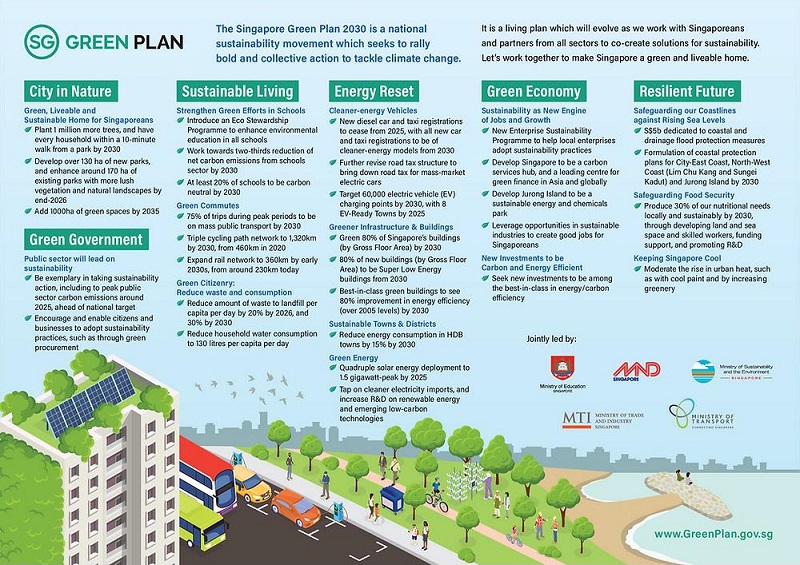 Image Credit: GreenPlan.gov.sg
Image Credit: GreenPlan.gov.sg
Nippon Paint’s COOL-TEC cool coatings help to reduce temperatures for roofs, building walls and roads. It will decrease reliance on air-conditioners, increase energy savings, improve occupant comfort, and lower carbon emissions.
As Ms Lynn Lee mentioned, Nippon Paint offers industry practitioners an alternative that not only cools the environment but also uses no energy and electricity to function.
Together with the cooling energy-saving methods mentioned earlier, such cool coatings will lead to lower greenhouse gas emissions – an outcome very much in line with what the Singapore Green Plan 2030 aims for, which is net-zero emissions.
One could deduce that when Nippon Paint’s COOL-TEC cool coatings are applied on a larger scale, more people in the community can enjoy the improved thermal comfort.
Request for quotes and we'll match you with a selection of Interior Designers!
Previous
10 Exterior Home Repairs That Will Increase Your Home's Value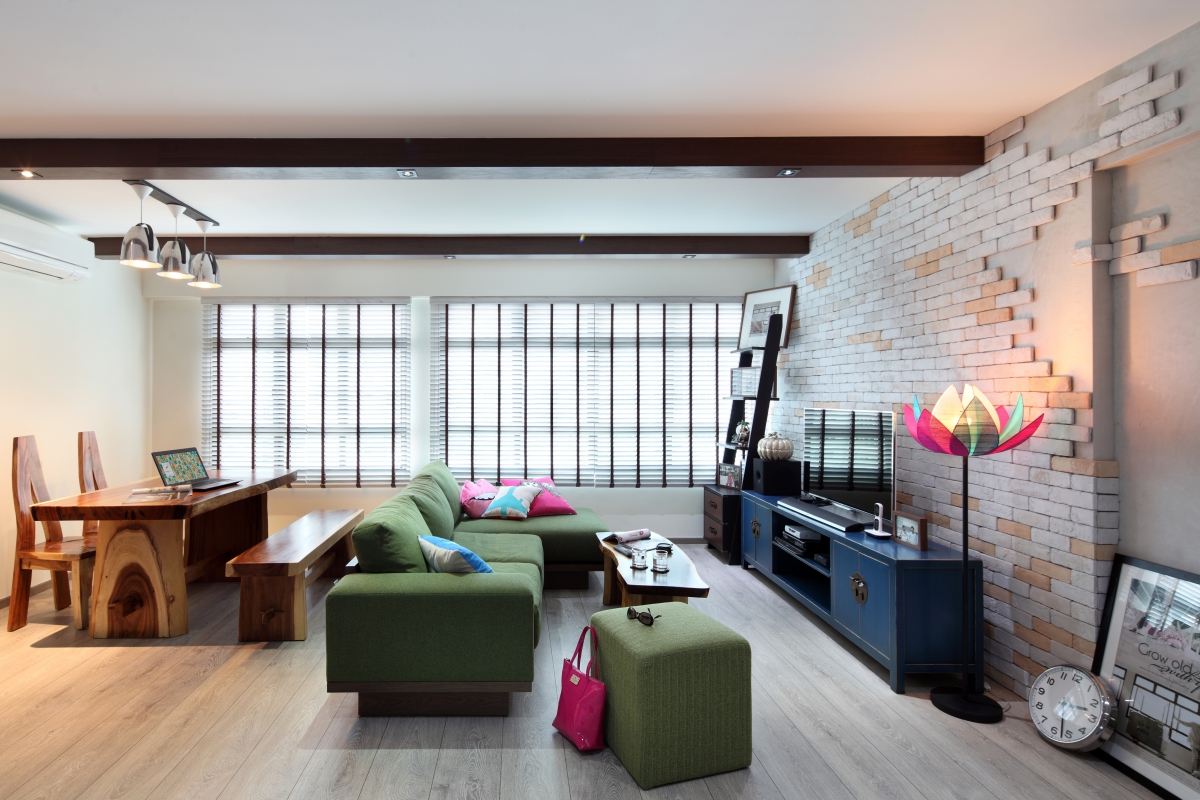


 Sign Up with Google
Sign Up with Google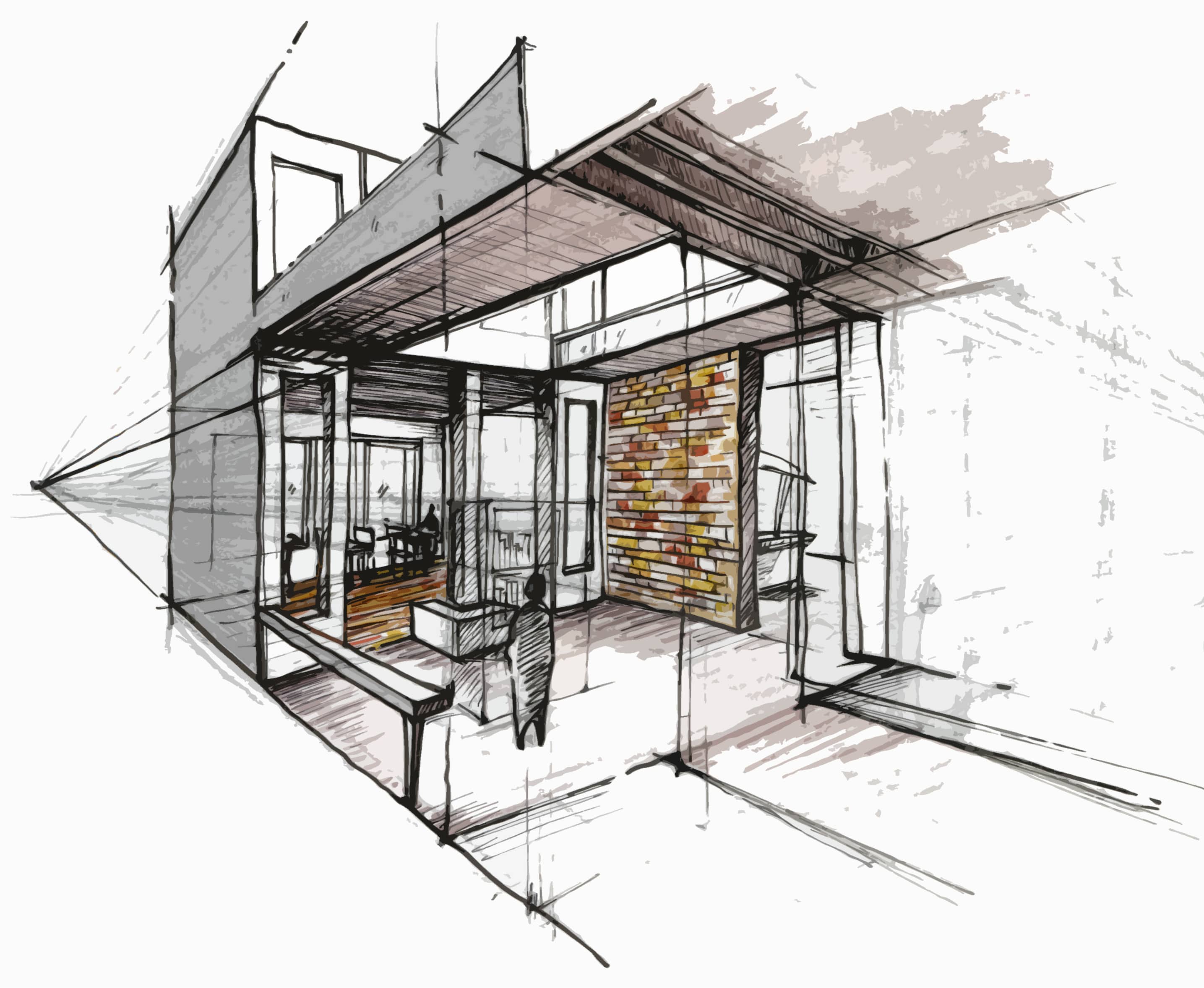

.jpg)

